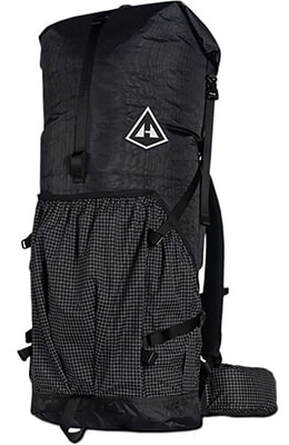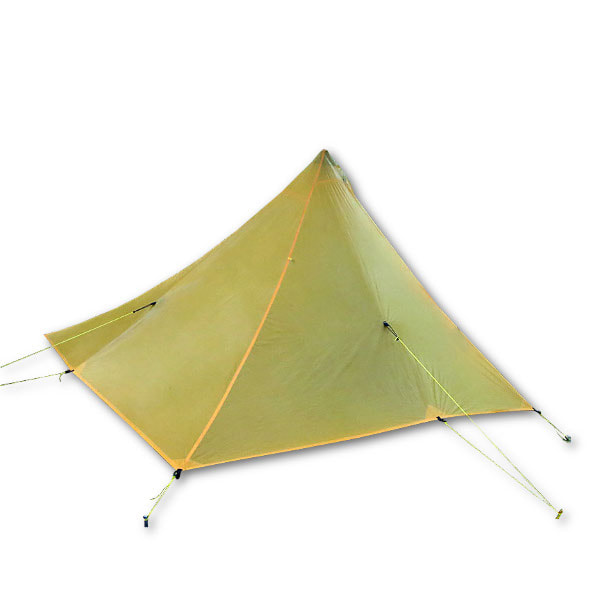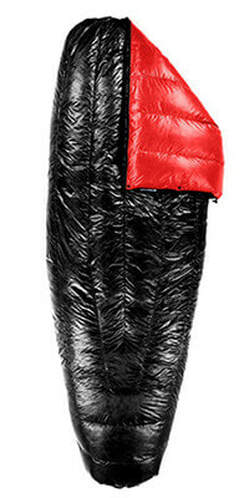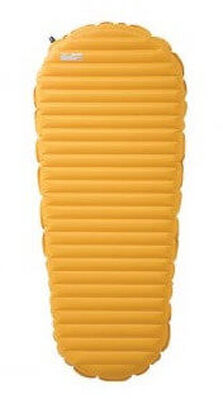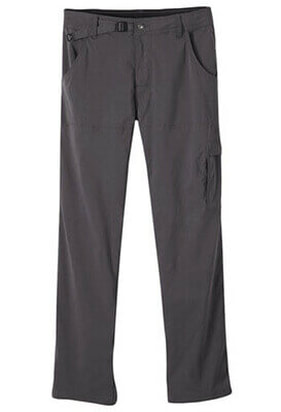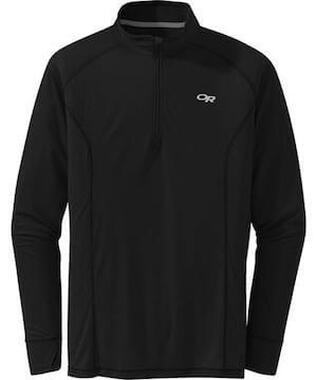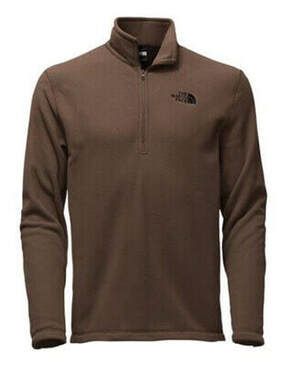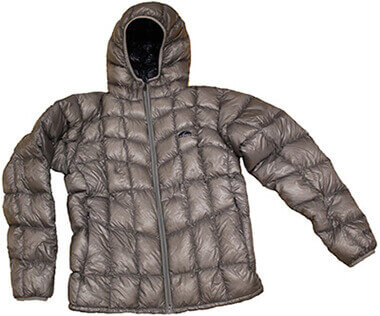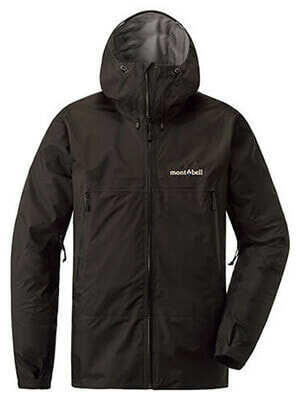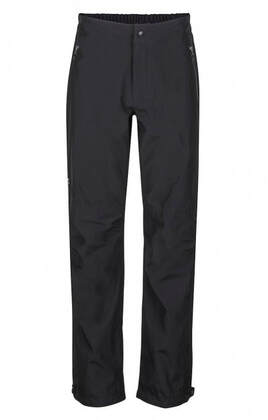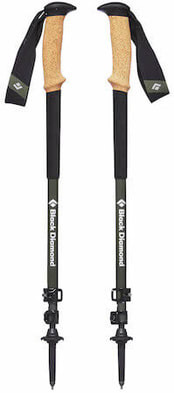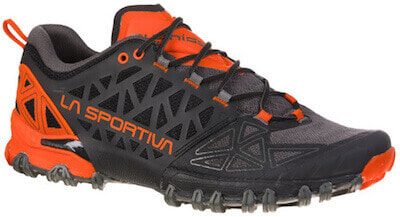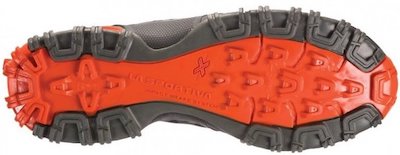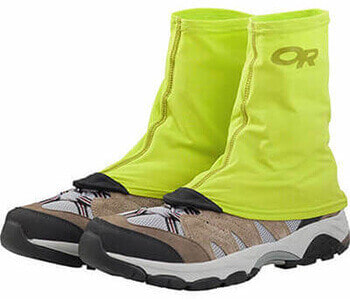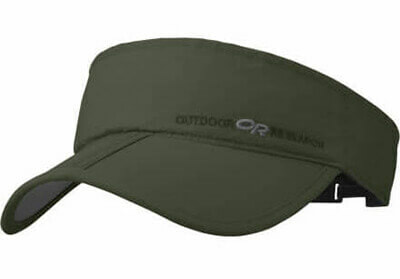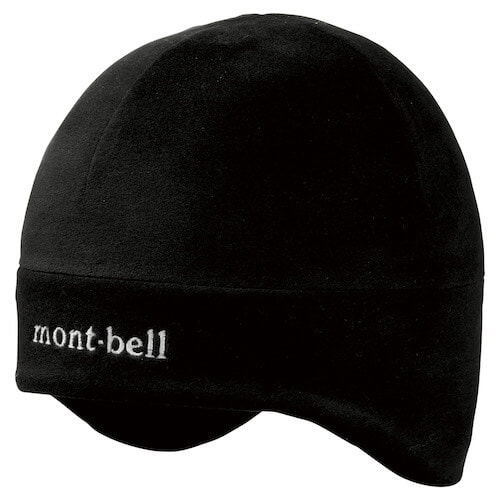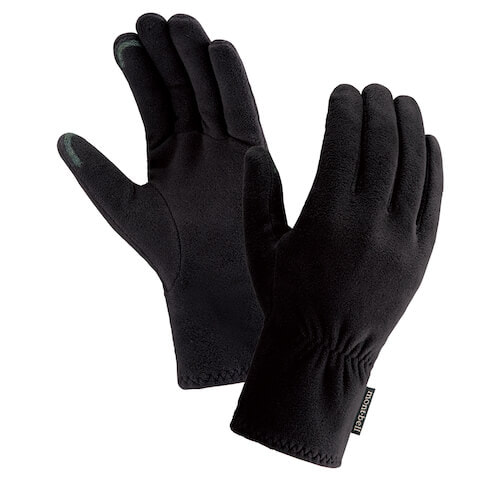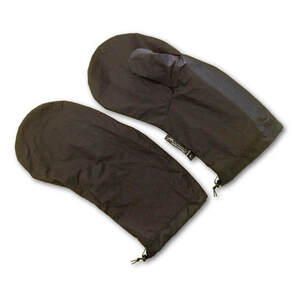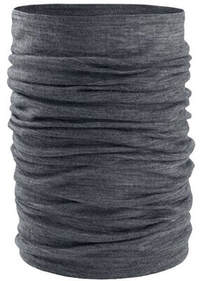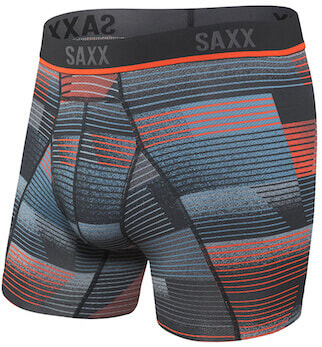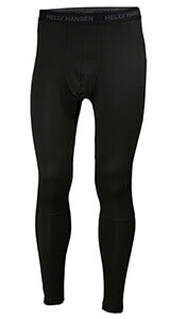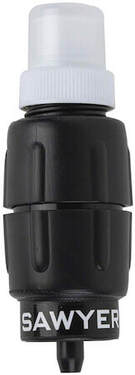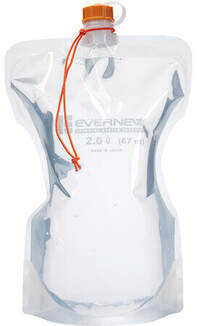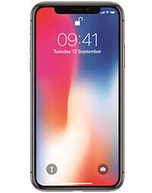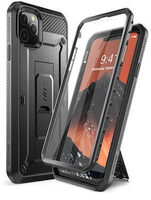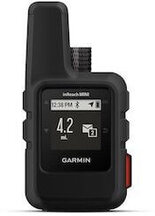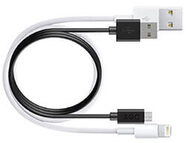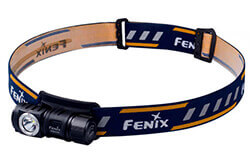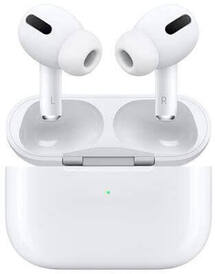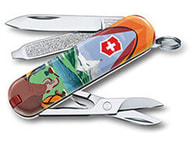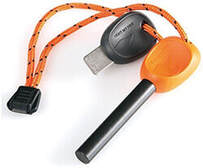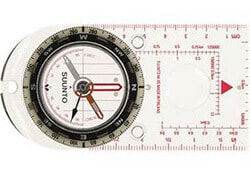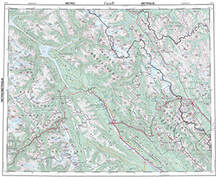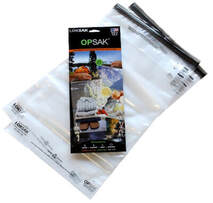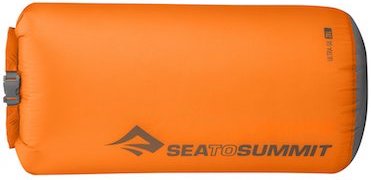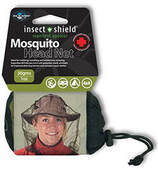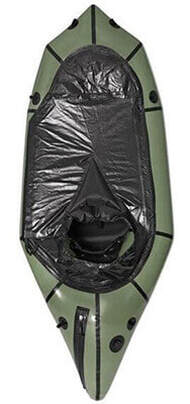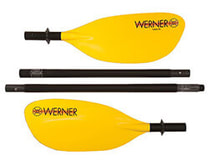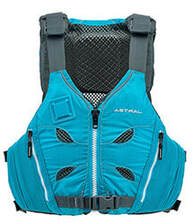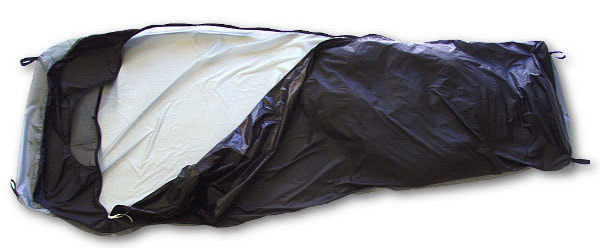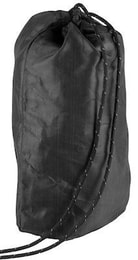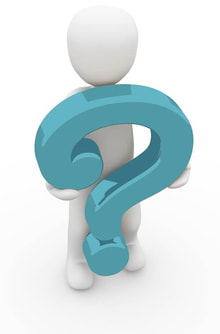“There is no such thing as bad weather, only inappropriate clothing.” -Sir Rannulph Fiennes
|
When it comes to gear lists, there is such a hype about ultralight these days. Theoretically yes, less is better, lighter means you can travel further and higher, are more comfortable during the day, can hike longer, you have less chance for injuries, etc. But like in many things, human tends to put a certain competition when there shouldn't be any. Now someone that carries less weight is often perceived as more experience than someone else that might carry slightly more. That contest (I'm lighter than you!) brought a couple of issues.
|
The following gear list is oriented first towards durability and versatility before weight. If you are looking for an ultralight gear list, do visit other blogs. In my experience, I found that it is worth carrying a few extra pounds for having gear you can count on and that will perform well no matter the conditions thrown at you. The following is what works for me. It might be too little for some, or too heavy and too much for others. In the end, it is a question of preference. Keep it light, but bring on the trail what will keep you safe and make you happy.
|
|
Backpack |
|
Hyperlite Mountain Gear 3400 Southwest
|
When my last backpack (a Golite Jam) gave up on life, I was in for a treat; a new backpack! I was looking for; a roll-top 50-60 litres backpack (roll top provides the versatility to transform your backpack size on the go), I wanted a decent frame (for those heavier carrying days), something without all the bells and whistles, made to be used hard, and that stays relatively light (2-3 lbs). The HMG 3400 checked all those boxes, I have yet to regret my choice.
What I like
What can be improved
Weight: 33.6 oz |
|
|
Shelter |
|
Mountain Laurel Design Duomid XL |
For many years, I have used a square silnylon tarp. I loved the versatility of a tarp pitch, but my issues were the lack of protection for nights above tree lines and privacy in campgrounds. That's why I opted for a 4 sided shelter. This shelter has grown on me. I faced multiple storms with this bad boy (well, it faced the storms for me). I was amazed at how it thrived through it all.
What I like
What can be improved
Weight: 21 oz |
|
|
Sleeping Bag |
|
Enlightened Equipment Revelation Quilt -12c (10F) |
It took me a while to make the switch to a quilt. I am an active sleeper and was worried to constantly getting wake up because of losing the quilt and getting cold. That fear was just in my head, in reality, I sleep better with a quilt. I have finally more space to move around. Now I wonder why it took me so long to make the switch.
What I like
What can be improved
Weight: 26.7 oz |
|
|
Sleeping Pad |
|
Therm-a-rest NeoAir Xlite (small) |
The most popular sleeping pad, for good reasons.
What I like
What can be improved
Weight (S): 8 oz |
|
|
Hiking Pants |
|
Prana Stretch Zion |
I have had many hiking pants in my life, these are definitely my favourite. It comes with a designed belt. Always useful to adjust those few pounds gained enjoying delicious food while travelling and the one lost trekking into wild places.
What I Like
What can be improved
Weight: 13.8 oz |
|
|
Shirt |
|
Outdoor Research Echo Quarter Zip |
I find long sleeves to be more versatile. I usually choose durability over weight, but I made an exception for this one because of its performance.
What I like
What can be improved
Weight: 4.2 oz |
|
|
Mid Layer |
|
North face TKA 100 |
This has been my go-to layer for years. Having no pockets doesn't bother me, I always use my pants pockets for everything. If you run cold, look for a 200 or any mid-weight fleece.
What I like
What could be improved
Weight (L): 10.6 oz |
|
|
Warm Layer |
|
Golite Bitterroot Down Jacket |
It is only used in shoulder seasons and doubles as a great pillow.
What I like
What can be improved
Weight: 15.2 oz |
|
|
Rain Jacket |
|
Montbell Storm Cruiser Jacket |
This is the ninth version of this jacket (it shows how popular it is). I prefer this jacket over the lighter alternative (sub 7 oz) for its durability, 3 layer fabric, and pit zip.
What I like
What could be improved
Weight: 10 oz |
|
|
Rain Pants |
|
Marmot Minimalist |
Minimal features with maximum protection and durability. Exactly what I am looking for.
What I like
What can be improved
Weight: 10 oz |
|
|
Hiking Poles |
|
Black Diamond Alpine Carbon
|
Hiking poles are your best friends out there. They support you, make you feel more confident, propel you forward, take your hard use without a complaint, and can greatly reduce the stress on your body.
What I like
What can be improved
Weight: 17.1 oz |
|
|
Footwear |
|
La Sportiva Bushido II |
Trail runners are one of the most versatile footwear; it breathes, it grips, it dries quickly. You can hike, run, scramble with a freedom of movement that boots will never be able to give you.
What I like
What can be improved
Weight: 23.3 oz |
|
|
Insoles |
|
Superfeet insoles Blue |
I personally use the blue version because I have flat feet, but I have heard even better things about the green version. Keep in mind you might need to go half a size bigger with your shoes these insoles are pretty thick.
What I like
What can be improved
Weight: 3.5 oz |
|
|
Gaiters |
|
Outdoor Research Spark Plug |
I have hiked for many years without gaiters, I never really saw their necessity outside of winter conditions. That was until I gave these a try and I am glad I did. Now I almost feel naked without them.
What I like
What can be improved
Weight: 1.3 oz |
|
|
Socks |
|
Darn Tough Micro-crew light cushion |
Nothing feels as comfy as merino wool when it comes to socks. But countless times I have gone through a pair because they lack in durability. That was until I came across Darn Tough socks. With their special material blend (merino wool, nylon, and lycra), I can have the pros of merino wool socks, without the cons.
What I like
What can be improved
Weight: 2.2 oz |
|
|
Headwear |
|
Outdoor Research Visor |
I never was a hat kinda guy, so visor just fits me well. For maximum protection, I use a Buff to protect my neck.
What I like
What can be improved
Weight: 1.7 oz |
|
|
Toque |
|
Montbell Chameece Cap with Ear Warmer |
A toque can go a long way to keep you warm, especially the right toque.
That I like
What can be improved
Weight: 1.3 oz |
|
|
Inner Gloves |
|
Montbell Chameece Gloves |
I finally found a replacement for my bad North Face Apex gloves. Pair these with a lightweight outer shell glove, and you are set for 3-season hiking.
What I like
What can be improved
Weight: 0.9 oz |
|
|
Outer Glove |
|
Mountain Laurel Design Rain Mitts |
Pair these with an inner fleece glove for 3-season hiking, and add a down or synthetic glove for 4-season hiking. It makes a perfect layering system for your hands.
What I like
What can be improved
Weight: 1.1 oz |
|
|
Neckwear |
|
Merino Wool Buff |
I always have with me a Buff on every adventure. The weight of this piece of gear is very minimal for its outstanding versatility.
What I like
What can be improved
Weight: 2 oz |
|
|
Underwear |
|
Saxx Kinetic HD |
ExOfficio used to be my go-to underwear, but that was until I tried the Saxx undies. Since then, I have a hard time wearing out my last ExOfficio pair since I always have Saxx underwear on.
What I Like
What can be improved
Weight: 2.9 oz |
|
|
Sleeping shirt |
|
Outdoor Research Echo Hoodie |
Having a sleeping shirt prevents sweat and body oil to lower the efficiency of your sleeping bag. It provides you with an extra layer in case of an emergency or a spare shirt if your main one gets destroyed. My sleeping shirt is the same as my hiking shirt just the hoodie version, so I will try not to repeat myself.
What I like
What can be improved
Weight: 4.3 oz |
|
|
Sleeping Bottom |
|
Hello Hansen Lifa Base Layer |
This is the first pair of base layers I have own, and it is still going strong. When it gives up on life, I will most likely head towards Patagonia Capilene bottom (I know you are tired of hearing about Patagonia Capilene, but I fell for them... True Love!)
What I like
What can be improved
Weight: 4.6 oz |
|
|
Sleeping Socks |
|
Defeet Woolie Boolie |
These are great sleeping socks and double as emergency hiking socks.
What I like
What can be improved
Weight: 2.6 oz |
|
|
Water Filter |
|
Sawyer Micro Squeeze |
This is a great filter. It can be used directly on a water bottle or connects directly to your bladder (if you like using them).
What I like
What can be improved
Weight: 2.6 oz |
|
|
Waterbottle |
|
Evernew 2L soft bottle and Smartwater 1L |
I usually carry two Smartwater as water bottles (you save nearly 5 oz per bottle compared with Nalgene), and this one for extra capacity.
What I Like
What can be improved
Weight: 1.4 oz Smartwater (each), 1.7oz Evernew 2L |
|
|
Electronics |
|
Anker Powercore II 20000This is my luxury, to be able to listen to many podcasts, navigating, and journaling for this blog. Big and heavy but a very good battery pack. It has fast charging, for your device and the battery itself. It gives me about one week of autonomy (charging my AirPods, headlamp, phone, and Garmin InReach Mini). LED indicates how much juice it still has. In my opinion, Anker does the best external batteries.
Weight: 12.5 oz |
Supcase Unicorn Beetle ProWith phones being waterproof these days, waterproof cases are overkill. The big flaw of waterproof cases is the covering of camera lenses which reduces picture quality. This case has the perfect combination of rugged protection while not covering the cameras.
Weight: 2.8 oz |
Garmin InReach MiniGreat little device to keep the family happy, it allows two-way communication, weather forecasts on the fly, location sharing, connects with your phone via Bluetooth (for easier texting), plenty of battery life, waterproof, different subscription categories to fit any adventures, weighs almost nothing for the peace of mind it provides. Any cons? Only the steep price!
Weight: 3.5 oz |
Fenix HM50R HeadlampThis little guy has 500 lumens. It is very powerful for its size, it lasts up to 90h on the very low setting (enough for reading), totally waterproof and dust-proof (IP68). USB rechargeable so it works with the power bank above and actually uses the same cable. (Great, one less cable to carry.) Heavy compared to ultralight options, but if you end up trekking at night, you will be happy to have this one.
Weight: 2.7 oz |
Apple AirPods ProI never felt the need to have Bluetooth earphones until I actually tried it. Now, it would be hard to go back, I can charge my phone while listening to music and I love the freedom of movement. I chose Apple AirPods pro for its packing size, battery life, fast charging, sound quality, seamless connection with my iPhone, and the noise cancellation (which is a real game-changer for those noisy road walks). They are plenty of good options out there, shop around to find what works for you.
Weight: 2 oz |
|
|
Misc |
|
Topo MapI often carry topo maps, except when hiking in places I already know or when the navigation is too easy. That being said, I always recommend carrying one, even if I don't always follow my own advice (shame on me). A detailed one for navigation (1/50k) and/or a less detailed one for safety (1/250k).
Weight: 0.2 oz (per page) |
Food Bag OPSAK 12x20For years, I was looking for the right food bag. I think I just found it! It is odour proof which is great to keep critters away from your food. It fits perfectly in my Ursack bearproof bag (if hiking in bear country). It is much tougher than Ziplock bags. I would simply wish the button had more of a "U" shape and not a "V" shape. It would create more space and easier access.
Weight: 1.5 oz |
|
|
Gear Depending on the Trip |
|
Alpacka Packraft with a spray skirtPackrafts are just awesome, they pack down the size of a 2-person tent. They are very durable, even after rubbing against many rocks and even branches, I still haven't poked mine. They can be checked as luggage on a plane or a bus (good luck with traditional kayaks). They deflated and fit in your trunk (no more worries about losing your kayak from the roof rack, while driving). They are more stable than kayaks and canoes. You can use them on oceans, rivers, lakes, the possibilities are endless.
The biggest downside? The price tag... it is the most expensive piece of gear I have ever owned. As well, when it is very windy, it caught the wind pretty bad. So much that sometimes, you will be paddling hard and barely making any progress. Weight: 115 oz |
PFD Astral V-EightI love that the back is just mesh, makes the PFD lighter, more breathable, and allows better freedom of movement. I carry that life jacket only when most of my trip is on a river. When the trip is shared with lots of hiking, I used three 2l soft bottles (empty and filled with air) as buoyancy devices tied to my body. (It works surprisingly well.)
Weight: 19.5 oz |
Ursack Major XLThe weight itself is making this bag worth buying over a bear canister (saving over 2 lbs). It is a more packing friendly (the space it takes is petty much in relation to what is in, compared to the canister that takes lots of space no matter what). A few people have related having critters making their way into the bag by the tiny closure hole, I have yet to experience that. Most national parks allow the use of a Ursack instead of a bear canister, I have only heard of Yosemite (USA) and Tombstone (Yukon) that don't allow it.
Weight: 7.8 oz |
Bear SprayStudies have proven bear spray to be more effective than guns to repel a bear attack. I know it is a debatable subject, but since this option doesn't wound the bear, it is the best for me (I am a Nature lover what can I say). As well nearly all national parks don't allow firearms (+2 for bear spray).
Weight: 7.9 oz |
|
|
Recap |
|
Packing (41.1 oz)
Sleeping (73.3 oz)
Packed Clothes (38.3oz)
Worn (66.5 oz)
Toiletries (4 oz)
|
Hydratation (6.8 oz)
Electronics (32.5 oz)
Repair & Aid kit (1.1 oz)
Misc (5 oz)
Depends
Base Weight (lbs): 12.6 lbs |
|
|
Questions & Answers |
|
Q: Why do you choose inflatable matelas over hard foam?
A: For manny reasons; they tend to be warmer, lighter, more durable (they are more fragile but last longer), they pack smaller, fits better in a Packrafts, you can even have fun with it at the beach or the pool. Yes, you will always worry of poking it, in particular, on a longer expedition (a little repair kit helps). The main reason that did it for me was the comfort, I am a side sleeper and foam pads are simply not thick enough for my hip bone. I would consider foam pads if I can teach myself to be a back sleeper (i'm working on it).
Q: nO deodorant?
A: Are you out in the wild to meet your soulmate? If so, I got to tell you, you might have a better chance in more crowded places. No seriously, I usually wash in a creek during the warmest part of the day (if there is such part). Deodorant has a smell (even the none smelly one), living in a bear country, I don't take chances. Make sure you hike with people that know how you smell when sweaty (or at least people that are too shy to comment).
Q: Only 1 shirt?
A: Yes, if it needs a wash, I usually do it in a creek and wear it back straight after. It dries with my body heat and some sun and hot weather (if I am lucky that day). If it tears, I switch with my sleeping shirt.
Q: Only 1 pair of pants?
A: I personally don't sweat from the legs, do you? My pants usually get dirty on the outside from dust, stain, etc.. In those cases a spot wash is the best, on month-long trips, I might wash my pants a few times. When that happens, I wear my rain pants (in cold weather) while they dry, or I simply put them back on when wet (in hot weather).
Q: How comfy do you sleep with only a small size sleeping pad?
A: Pretty well actually, I use the pad from my shoulders to my knees, my backpack for under my feet, and my extra clothes as a pillow. If you hike for long hours remember to elevate your feet to prevent swelling.
Q: No pillow?
A: That is right! I use my extra clothes and water bladder as a pillow.
Q: No creek crossing footwear?
A: No, trail runners offer better traction and stability while crossing creeks (the worst are crocs and flip-flop). Yes, I get wet but as long as your trail runners are not out of waterproof material they will dry pretty fast. Getting your feet wet is unavoidable, even with expensive 400$ "waterproof" hiking boots, rain, sweat, carelessness all will get water inside your footwear at some point. As well, changing footwear is very time-consuming when you have to cross over a dozen creeks.
Q: Why do you choose synthetic over merino wool for shirts?
A: I used to be a big merino fan, but in my experience; it costs more, it weighs more, takes longer to dry, needs some special care when washing, and doesn't last as long as synthetics (especially the 150). Yes, it has a softer touch and better odour resistance. In my opinion, the cons outweigh the pros and don't justify the price tag. The exception is if you travel in very humid, cold, and rainy places. Then, I do believe wool to be a better choice. That being said, merino wool is still a great choice, it simply comes down to our own preference.
Q: Why are you not using t-shirts?
A: I found long sleeves to be more versatile and to be better protection against the sun and the bugs. I just pull the sleeves up and unzip the neck when I'm warm.
Q: you don't cook?
A: I do understand that a warm meal provides comfort, especially outside in the wild. I am a raw vegan, so I am used to not cooking anymore, and actually, I enjoy its simplicity. In the past, when I was hiking with a stove, I always found it to be time-consuming.
Q: Isn't it stupid to carry only a small knife in the wood?
A: I understand the feeling of security a big knife provides (and the cool Rambo look). Personally, I think it is overrated. Let me first ask you; why are you carrying a long fixed blade? It makes sense if you are hunting and need to skin what you caught, but outside of that? Survival? Well, good preparation, outdoor skills, fire starter, and compass takes care of that. Protection? Protection against what? A bear? Well, even if I had a samurai sword I am sure I would lose the fight against a bear if it came to it, better making noise and carrying a bear spray. After that, not much is left in the usage of a big knife in the wood, that a small knife cannot take care of. (Except the Rambo look, of course!)
Q: Pain killers?
A: I don't carry them, I think if you need them after your day hike, it is that you simply pushed yourself too far. I like to feel the pain in my leg at the end of the day, not in a masochist way (well...).
Q: A lighter and a fire starter?
A: Yes, both, I am often too lazy to use a fire starter to light a fire, so I use a regular Bic for that. But Bic lighters can fail, doesn't work well when cold, and doesn't work at all if wet. That is where a fire starter shines (make sure you used some before heading out in the woods, an emergency is not the best situation to start learning how).
Q: Don't you worry about your ankles with shoes?
A: No, I don't. I actually have weak ankles, had many accidents with them (none hiking) and find that wearing trail runners strengthen them, and lower the risk of injury because my feet are lighter so they don't get tired that quickly. As well, on long hikes, no matter how expensive your footwear is, they will get wet. So I found more comfortable trail runners since they dry much quicker and breathe better, which means fewer blisters as well.
|
|
Got a Question? |
|
|
If you want to help me out.
Support this website |
Any questions or comments?
Contact me |
Treks Travels Thoughts is uncopyrighted

